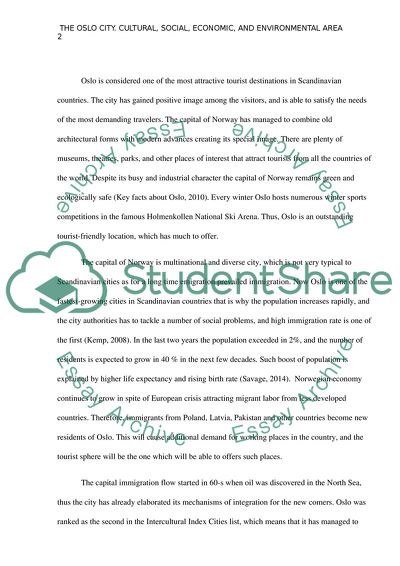Cite this document
(“Global tourism Assignment Example | Topics and Well Written Essays - 2000 words”, n.d.)
Retrieved from https://studentshare.org/tourism/1644284-global-tourism
Retrieved from https://studentshare.org/tourism/1644284-global-tourism
(Global Tourism Assignment Example | Topics and Well Written Essays - 2000 Words)
https://studentshare.org/tourism/1644284-global-tourism.
https://studentshare.org/tourism/1644284-global-tourism.
“Global Tourism Assignment Example | Topics and Well Written Essays - 2000 Words”, n.d. https://studentshare.org/tourism/1644284-global-tourism.


